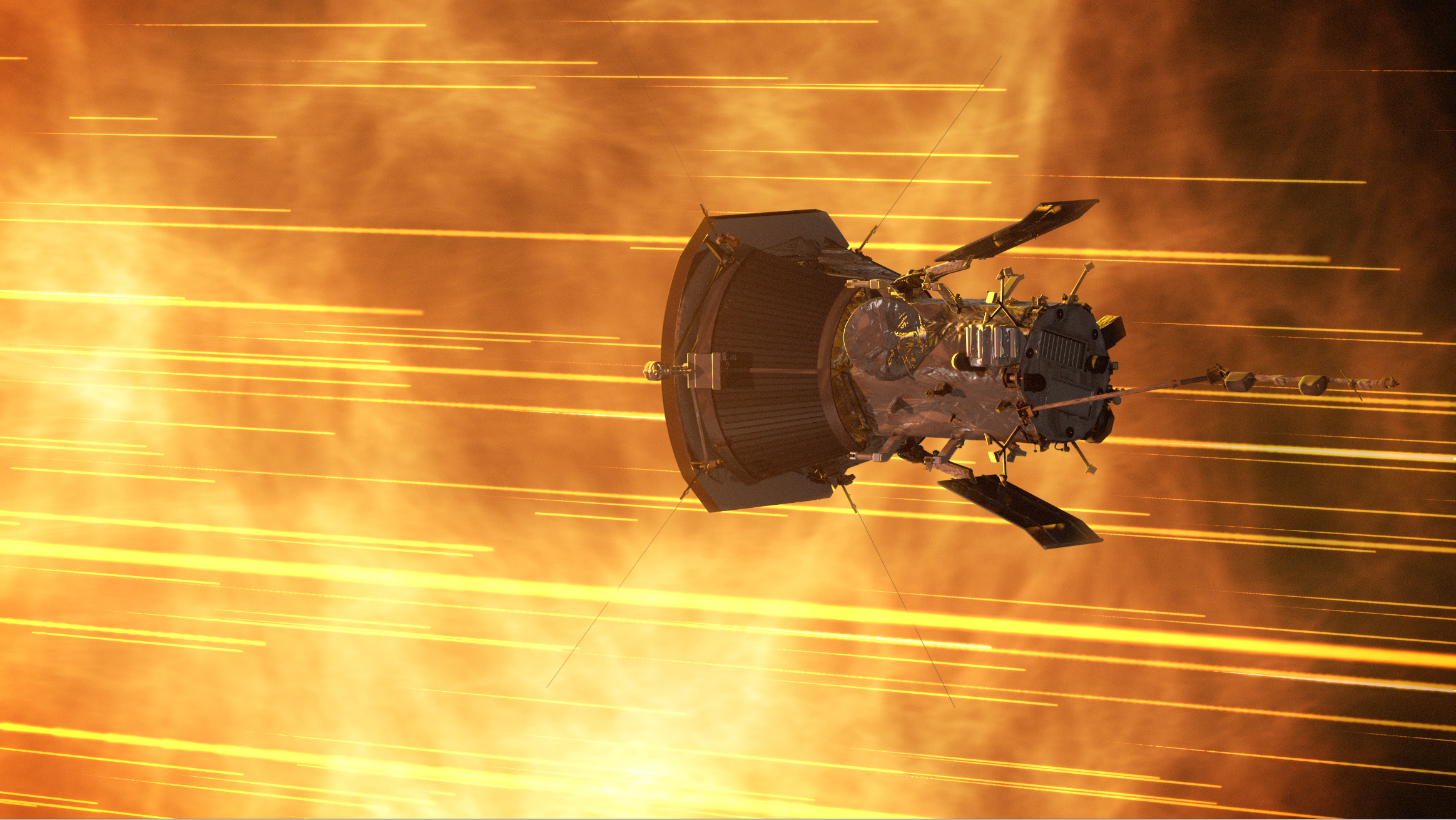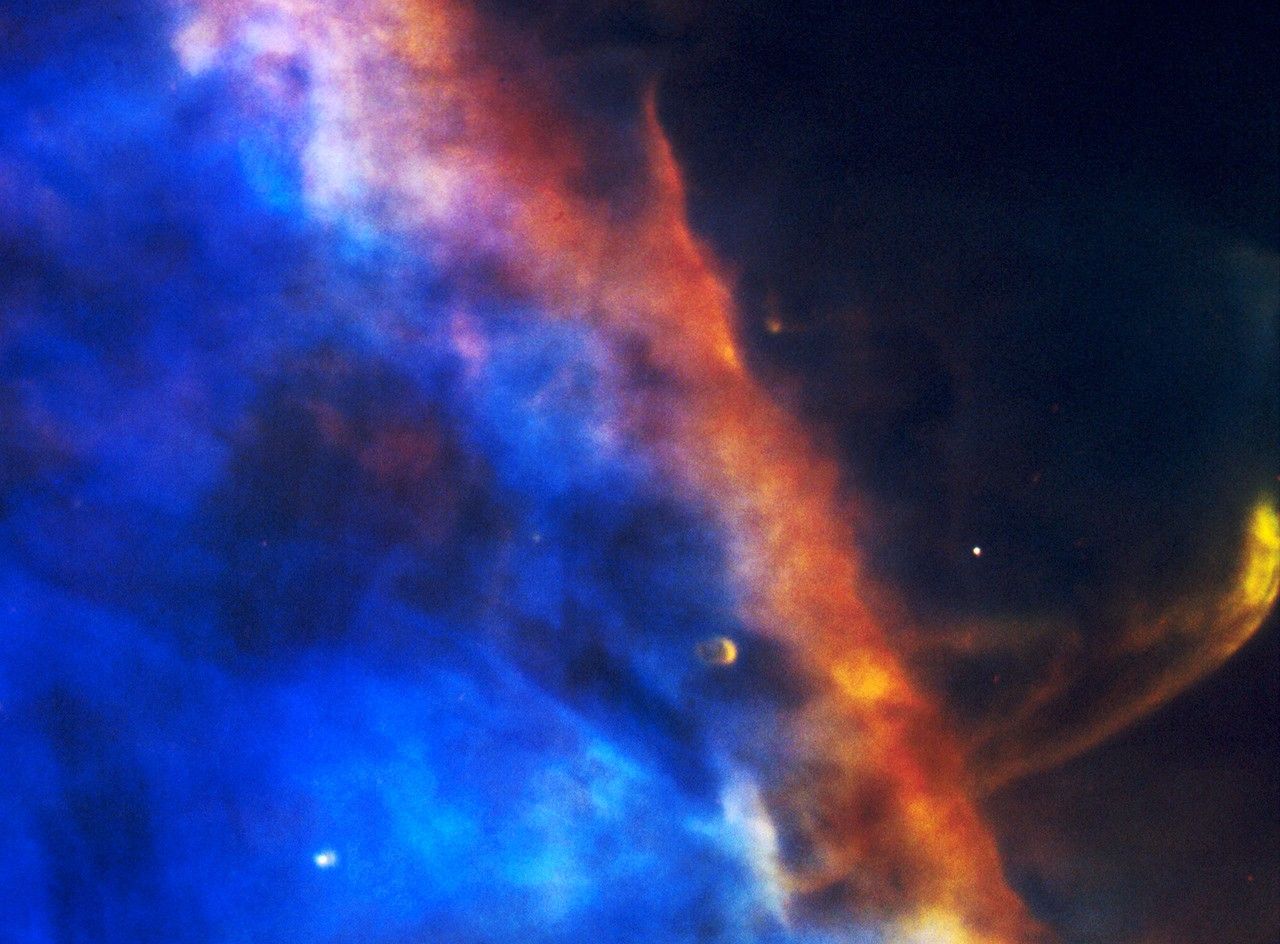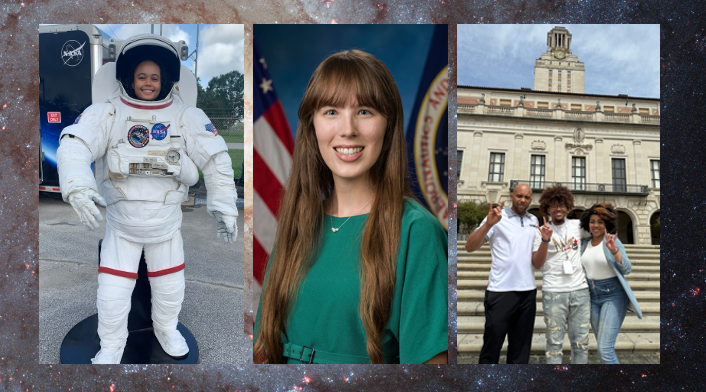Seven teams working on technology that could someday be used to create habitats from materials on other worlds have completed the first printing segment of NASA’s 3D-Printed Habitat Challenge. NASA has awarded $100,000 to the two top-scoring teams from this stage, the Phase 2: Level 1 Compression Test Competition. Point-based awards were made to Foster + Partners | Branch Technology of Chattanooga, Tennessee, who earned $85,930, and the University of Alaska, Fairbanks, earning $14,070.
The 3D-Printed Habitat Challenge is run through a partnership with NASA’s Centennial Challenges Program and Bradley University in Peoria, Illinois. The goal of the challenge is to foster the development of technologies to manufacture a habitat using local indigenous materials with, or without, recyclable materials. The vision is that autonomous machines will someday be deployed in deep space destinations, including Mars, to construct shelters for human habitation. On Earth, these same capabilities could be used to produce affordable housing wherever it is needed or where access to conventional building materials and skills are limited.
“Seeing tangible, 3D-printed objects for this phase makes the goals of this challenge more conceivable than ever,” said Monsi Roman, program manager of Centennial Challenges. “This is the first step toward building an entire habitat structure, and the potential to use this technology to aid human exploration to new worlds is thrilling.”
The Level 1 Compression Test Competition is the first of three sub-competitions within Phase 2. For this stage, teams were tasked with developing 3D-printable materials, using a 3-D printer, and printing two samples: a truncated cone and a cylinder. Judges evaluated results from lab tests performed on the samples to determine a score.

“Innovation is a key focus of Bradley University which is one of the many reasons we are so very proud to be a part of the 3D-Printed Habitat Challenge with NASA,” said Bradley University President Gary Roberts. “The winners of Phase 1 and this first stage of Phase 2 are to be commended for their innovation in creating a solution that will fit not only in our world but beyond. I look forward to the next phase and seeing teams work to advance critical systems needed for human space exploration like never before.”
In addition to the two teams that earned prize money, the other teams participating were: Bubble Base of Winston-Salem, North Carolina; Pennsylvania State University of University Park; CTL Group Mars of Skokie, Illinois; ROBOCON of Singapore; and Moon X Construction of Seoul, South Korea. The teams showcased a variety of approaches, ranging from traditional cement to exotic cellular structures.
Teams will now work toward the Level 2 Beam Member Competition, where they must print a beam to be tested. New teams may enter the competition if they can meet minimum requirements.
The 3D-Printed Habitat Challenge comprises three phases: Phase 1, the Design Competition, was completed in 2015. Phase 2, the Structural Member Competition, which carries a $1.1 million prize purse and focuses on the material technologies needed to create structural components. Phase 3, the On-Site Habitat Competition, and has a $1.4 million prize purse and focuses on fabrication technologies.
NASA’s Centennial Challenges Program uses competitions to draw citizen inventors from diverse backgrounds and disciplines to push technology forward for the benefit of space exploration. The Centennial Challenges Program, managed at NASA’s Marshall Space Flight Center in Huntsville, Alabama, is part of the agency’s Space Technology Mission Directorate. Bradley University has partnered with sponsors Caterpillar, Bechtel and Brick & Mortar Ventures to run the competition.
For more information about the competition, visit:
To register for the competition and for official rules and documents, visit:




























